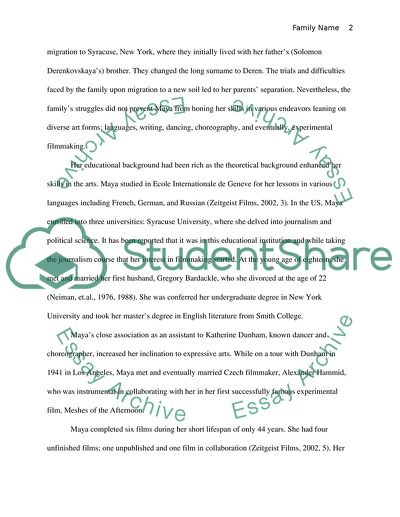Cite this document
(Maya Deren: An Experimental Filmmaker Research Paper, n.d.)
Maya Deren: An Experimental Filmmaker Research Paper. Retrieved from https://studentshare.org/visual-arts-film-studies/1739987-experimental-filmmaker-maya-deren
Maya Deren: An Experimental Filmmaker Research Paper. Retrieved from https://studentshare.org/visual-arts-film-studies/1739987-experimental-filmmaker-maya-deren
(Maya Deren: An Experimental Filmmaker Research Paper)
Maya Deren: An Experimental Filmmaker Research Paper. https://studentshare.org/visual-arts-film-studies/1739987-experimental-filmmaker-maya-deren.
Maya Deren: An Experimental Filmmaker Research Paper. https://studentshare.org/visual-arts-film-studies/1739987-experimental-filmmaker-maya-deren.
“Maya Deren: An Experimental Filmmaker Research Paper”, n.d. https://studentshare.org/visual-arts-film-studies/1739987-experimental-filmmaker-maya-deren.


